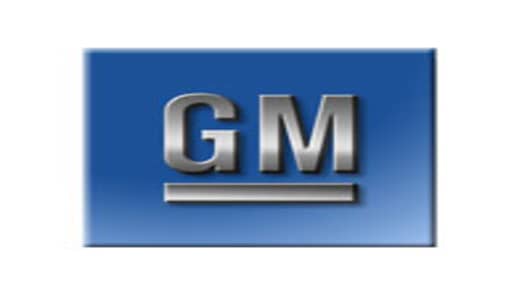A new four-year contract between General Motors and the United Auto Workers will transfer an estimated $46.7 billion worth of retiree health care liability from the company to the union and will significantly reduce labor costs, the company said Monday.
"The 2007 national negotiations were in many ways the most complex and comprehensive that we've been engaged in," Rick Wagoner, GM chief executive and chairman, said during a conference call to explain the labor deal. It was the first time GM had detailed its savings from the agreement.
GM shares dropped 4.2 percent after rising earlier as high as $42.84.
The agreement includes a company-funded, union-run trust called a Voluntary Employees Beneficiary Association and must be approved by federal courts. The trust would take over the health care obligations starting Jan. 1, 2010 or on the date which any appeals or court challenges are exhausted, the company said.
GM said it anticipates $3.3 billion in VEBA-related positive cash flow by 2011, reversing a negative $3.3 billion in cash flow in 2008. GM's Chief Financial Officer Fritz Henderson wouldn't detail how the company will invest that cash, but said it will significantly improve GM's ability to invest in new products and technology.
The VEBA will take over $46.7 billion of GM's $64.3 billion in retiree health care obligations, or about 73 percent. GM will be left with $17.6 billion in retiree health-care obligations, including costs for salaried employees and hourly workers who belong to other unions.
GM will contribute nearly $32 billion to the VEBA, including $16 billion transferred from an existing health-care trust and $2.5 billion in cash. GM also will pay $5.4 billion through 2010, when the VEBA will take over responsibility for retiree health care, and will contribute a $4.3 billion note convertible to 109 million shares. GM will pay interest on the note.
The company said the VEBA will reduce its health-care liability for UAW-represented hourly employees to between $6 billion and $13 billion in 2010. The amount depends on the market value of the note and other factors.
The new contract prevents the UAW from negotiating to increase GM's funding for the VEBA or make any other payments to provide retiree medical benefits.
Closing the Pay Gap with Toyota
GM was seeking to reduce a gap of nearly $30 per hour in what it pays its U.S. autoworkers in wages and benefits compared to what Toyota pays. Henderson wouldn't say how much that gap was reduced by the new contract, but said the savings are "significant" and GM expects to achieve more savings as employees retire and it offers a buyout plan for current workers.
Under the contract, GM will institute a lower wage for some noncore, non-assembly employees and will switch all new hires to a defined contribution retirement plan. GM estimated that more than 16,000 of its 74,000 hourly workers would be eligible for the noncore wages, which start at $14 per hour compared to $28 per hour for existing employees.
The contract also makes changes to the so-called Jobs Bank, which pays employees even when they're not working. Under the contract, a laid-off employee who is offered a job within 50 miles of his or her old plant must take that job or be placed on leave without pay and benefits. Employees can refuse up to four job offers at plants further than 50 miles away before being placed on leave.
UAW-represented GM workers ratified the historic agreement Wednesday, the same day the UAW reached a similar agreement with Chrysler. Before the agreements were reached, the union went on strike against both companies.
Union leaders for Chrysler workers were in Detroit on Monday to get details of the tentative agreement with Chrysler, which must be ratified by members before it takes effect. Ford is next up in negotiations with the UAW.


